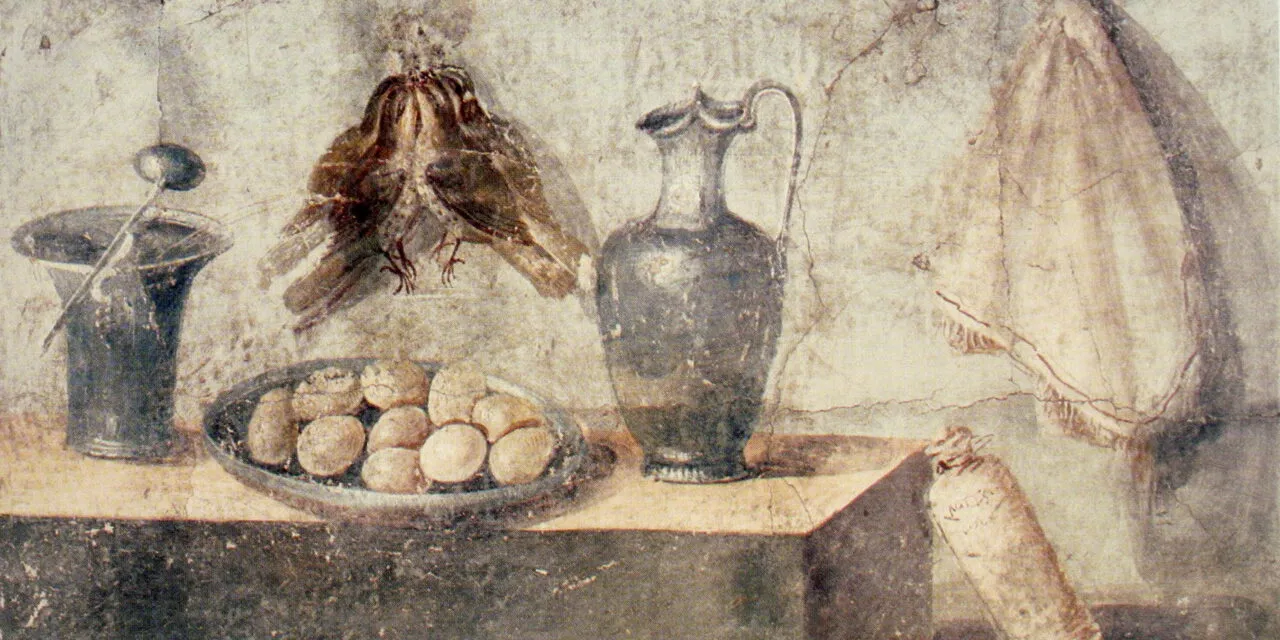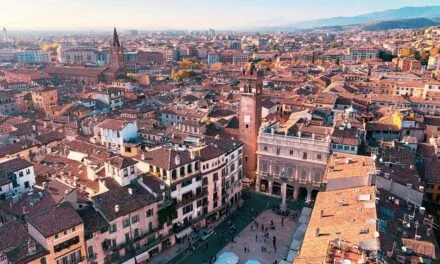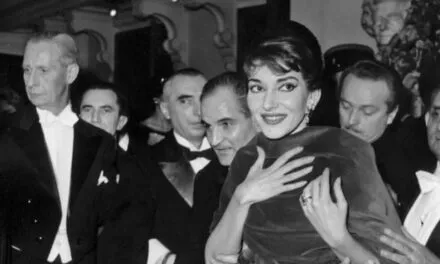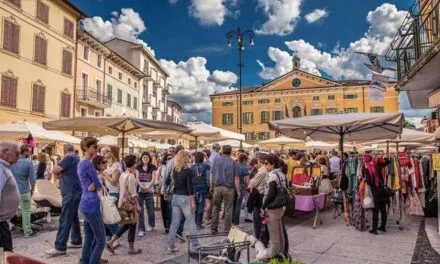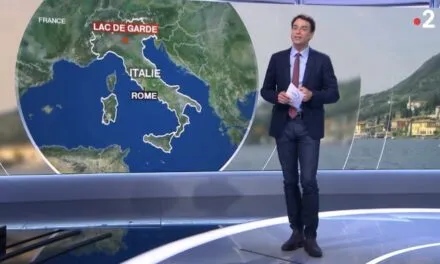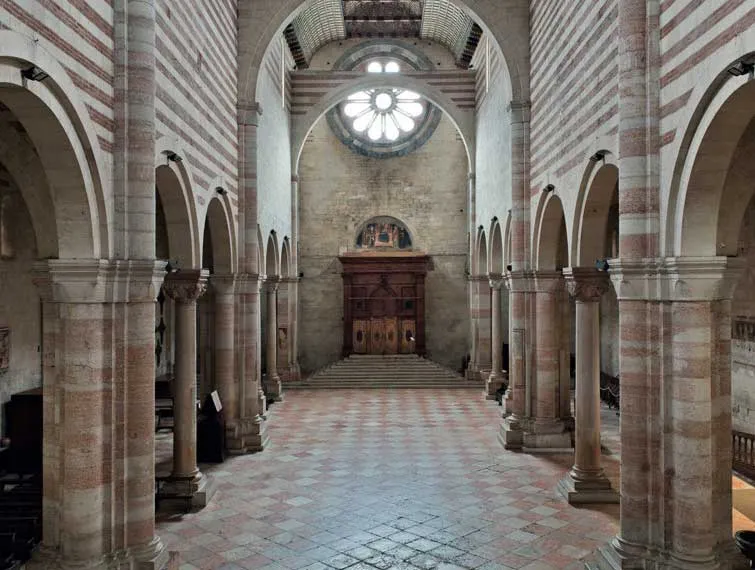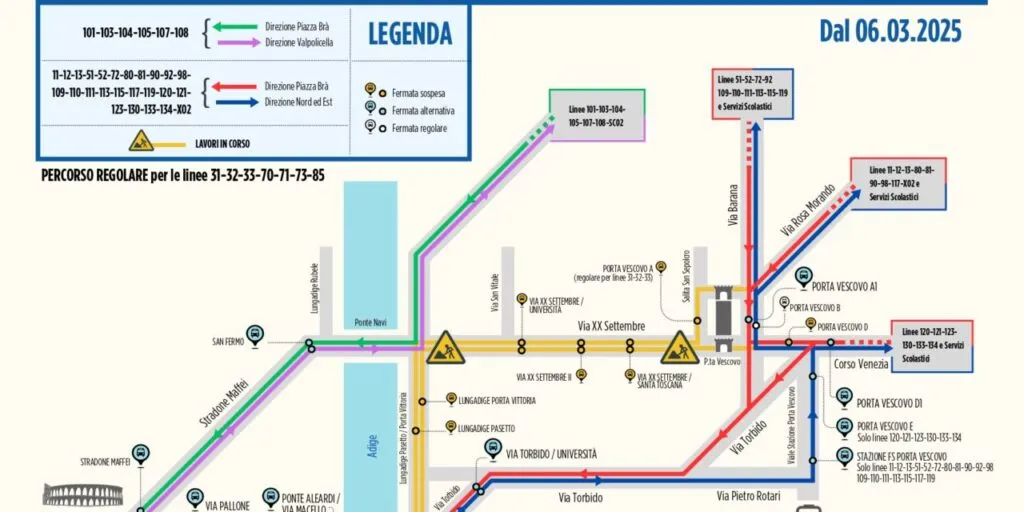How did Verona’s agricultural consumption and production change from prehistoric times to the Middle Ages?
Delicacies such – we have to refer to the Latin language – as libum (unleavened flatbread with cheese and bay leaves, also known as Catone’s flatbread), tisanam barricam (barley, legume and vegetable soup), brassica (cabbage salad), savillum (sweet flatbread with poppy seeds and honey) or conditum melizonum perpetum (spiced wine for travelling).
Investigating which foods have alternated on Veronese tables over the centuries is the excellence research project of the University of Verona, funded by the Cariverona Foundation: “In Veronensium mensa. Food and Wine in ancient Verona” (Latin expression), now nearing completion. Conducted by the Department of Cultures and Civilizations, in close collaboration with the Department of Biotechnology, the Soprintendenza Archeologia, Beni Culturali e Paesaggio for the provinces of Verona, Rovigo, and Vicenza, the Museum of Natural History of Verona, the Pianura di Legnago Archaeological Environmental Center, the University of York and the Academy of Agriculture, Science and Letters of Verona, the research involved archaeologists, ancient historians, medievalists and biotechnologists in an extremely innovative and interdisciplinary methodological approach in order to understand diets and consumption in the canteens of the Veronese from prehistory to the Middle Ages.
The diet of ancient Veronese people was simple yet hearty, with a focus on locally grown vegetables, grains, and meats. The city’s proximity to the river Adige also made fish a popular food item. In pre-Roman times, the Veronese diet was primarily composed of cereals, such as spelt and barley, which were made into porridge and bread. With the arrival of the Romans, Verona’s cuisine became more diverse, incorporating ingredients like olives, figs, and grapes. The Middle Ages saw a shift in Veronese cuisine towards more meat-based dishes. The use of spices, such as cloves and cinnamon, also became more prevalent. Hunting was a popular pastime, with wild boar and deer being hunted for their meat.
In order to take stock of the research, tell the audience about the results achieved so far, and discuss the data obtained on food and wine consumption in the ancient Veronese, three closely related meetings have been organized, each focusing on one of the different historical periods that have been analyzed in the Project. The third study day, focusing on the Middle Ages and organized in the premises of the Academy of Agriculture, Science and Letters will take place on Thursday, March 30. A prominent space will be given to food, cooking and culinary practices as they appear to us from archaeological data. An interesting in-depth study will focus on the ancient DNA of some grape varieties.
Verona’s cuisine still celebrates its rich gastronomic heritage. Today’s traditional dishes preserve the historical memory of ancient ingredients. For example, risotto all’Amarone, made with the famous local wine, pasta e fasoi, a typical minestrone with pasta and beans, or riso e bisi, rice and peas, are easily found in many restaurants.
Take a trip back in time and indulge in the city’s ancient culinary delights next time you’re in Verona.

